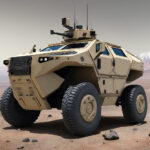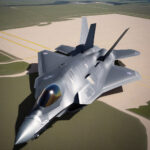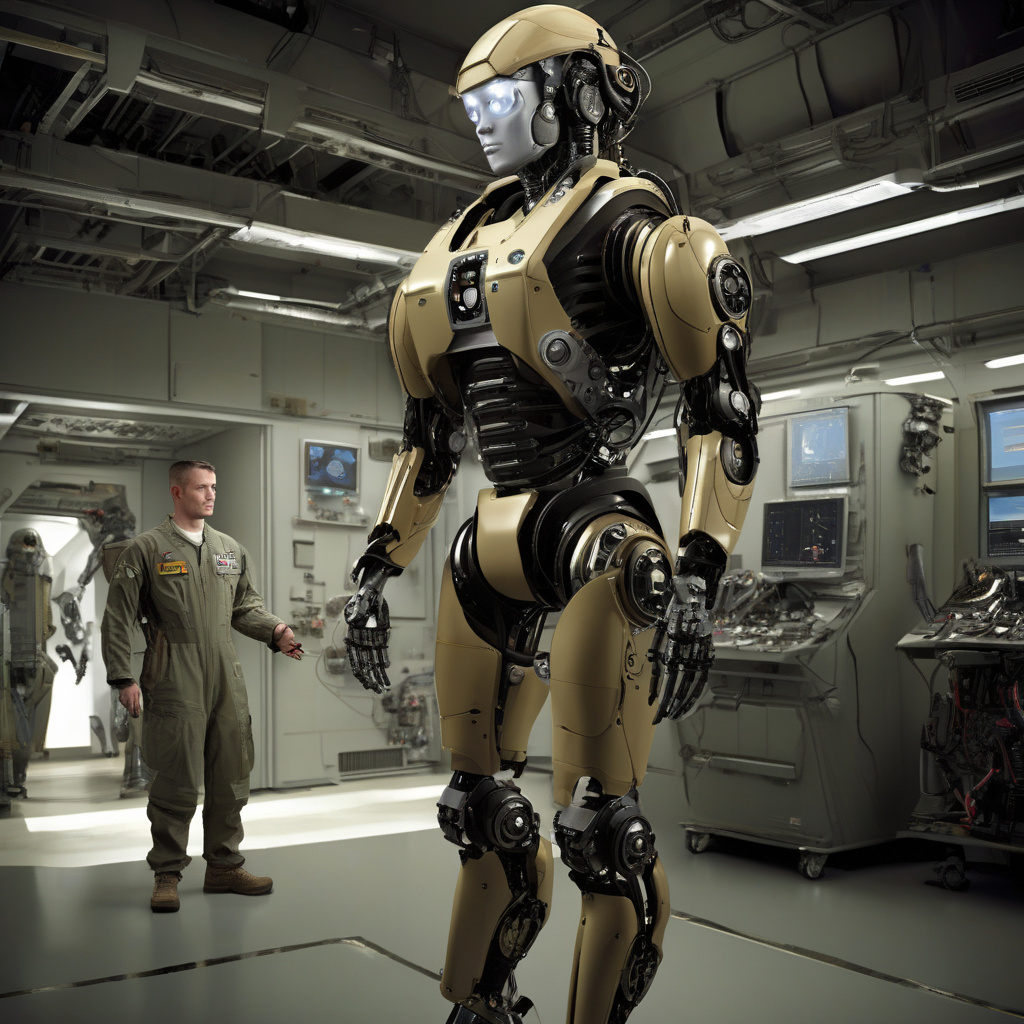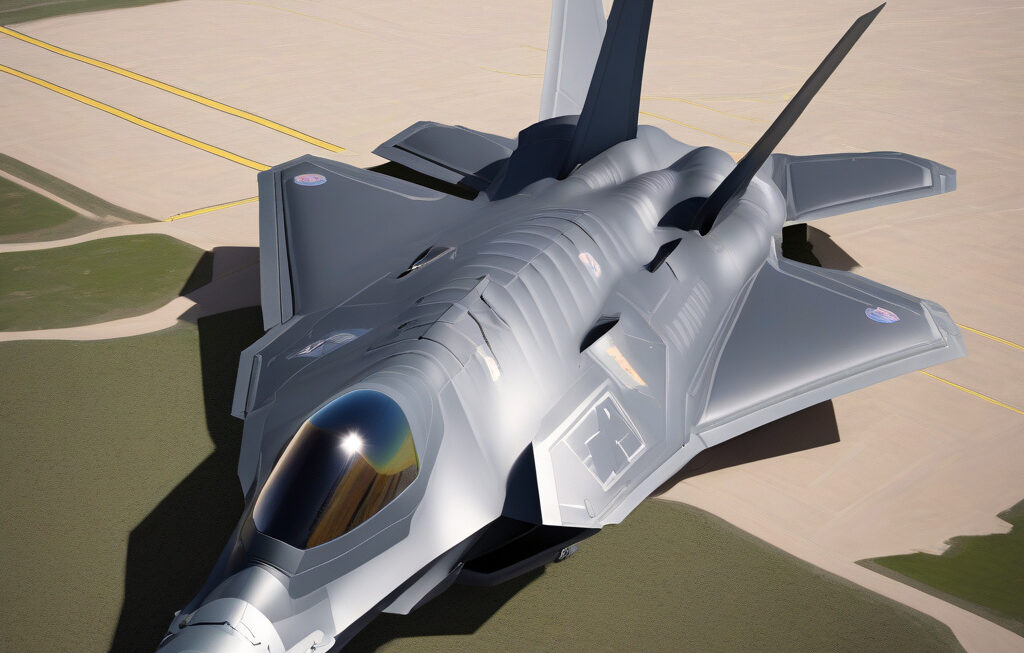Revolutionizing Military Maintenance: The Rise of Wearable Robots
A wearable robot has entered into its commercial journey as it has been deployed for the crucial task of conducting maintenance on military aircraft and satellite launch systems. This groundbreaking technology is set to transform the way maintenance operations are carried out in the military sector, offering a blend of innovation and practicality that promises to streamline processes and enhance efficiency.
The use of wearable robots in military maintenance represents a significant shift towards automation and advanced technological solutions. These wearable robots are equipped with state-of-the-art features such as sensors, cameras, and robotic arms that enable technicians to carry out complex maintenance tasks with precision and ease. By wearing these advanced robotic devices, technicians can access hard-to-reach areas of aircraft and satellite systems, perform intricate repairs, and conduct thorough inspections with greater agility and accuracy.
One of the key advantages of using wearable robots for military maintenance is the enhanced safety they offer to technicians. By delegating risky tasks to these robots, human personnel can minimize their exposure to potentially hazardous environments and situations. This not only helps in ensuring the well-being of maintenance crews but also reduces the likelihood of accidents and injuries, ultimately contributing to a safer work environment.
Moreover, the efficiency and effectiveness of maintenance operations are significantly improved through the use of wearable robots. These robotic devices can work continuously without fatigue, thereby increasing productivity and reducing the time required to complete maintenance tasks. Additionally, the data collected by the sensors and cameras on the wearable robots can provide valuable insights for predictive maintenance, allowing technicians to identify and address potential issues before they escalate into major problems.
The integration of wearable robots in military maintenance also leads to cost savings in the long run. By optimizing maintenance processes and minimizing downtime, organizations can reduce operational expenses and extend the lifespan of their aircraft and satellite systems. Furthermore, the ability of wearable robots to standardize maintenance procedures helps in maintaining consistency and quality across different maintenance tasks, ultimately leading to improved overall performance and reliability.
As the demand for more advanced and efficient maintenance solutions continues to grow in the military sector, wearable robots are poised to play a pivotal role in shaping the future of maintenance operations. With ongoing advancements in robotics technology and AI, the capabilities of these wearable robots are only expected to expand, offering even more sophisticated features and functionalities to meet the evolving needs of the military maintenance industry.
In conclusion, the deployment of wearable robots for military aircraft and satellite launch systems’ maintenance represents a significant milestone in the realm of maintenance technology. By harnessing the power of automation, robotics, and AI, these innovative devices are revolutionizing traditional maintenance practices, paving the way for a more efficient, safe, and cost-effective approach to military maintenance operations.
wearable robots, military maintenance, innovation, automation, efficiency












